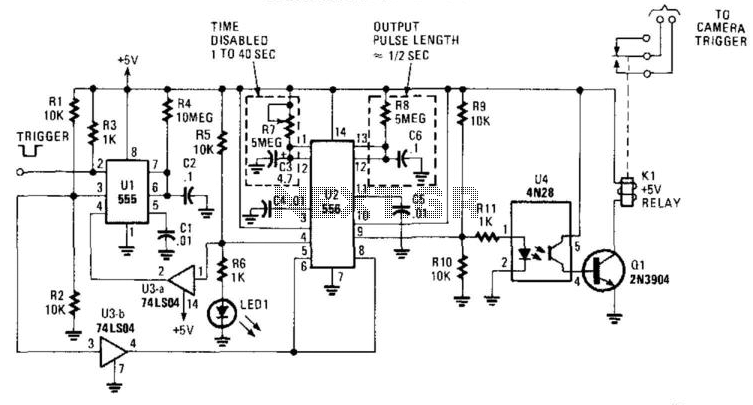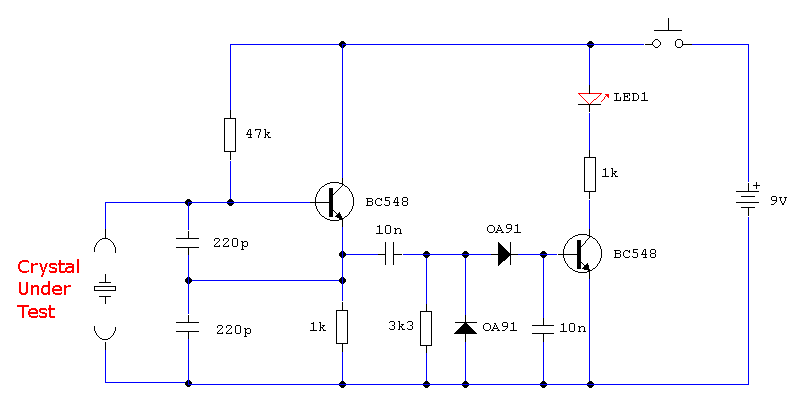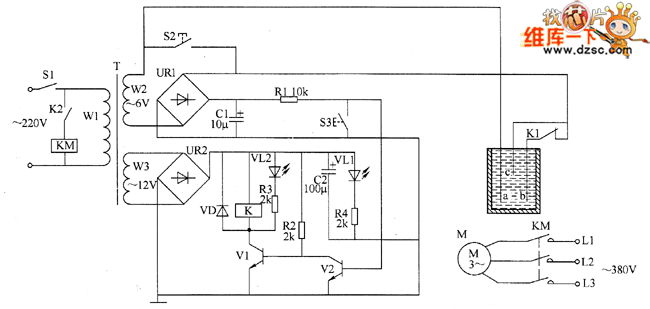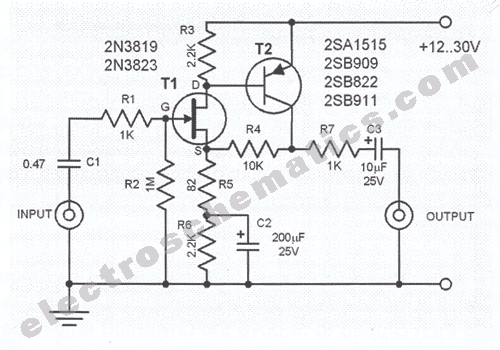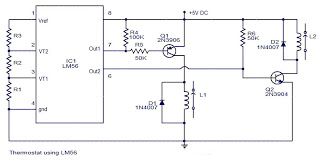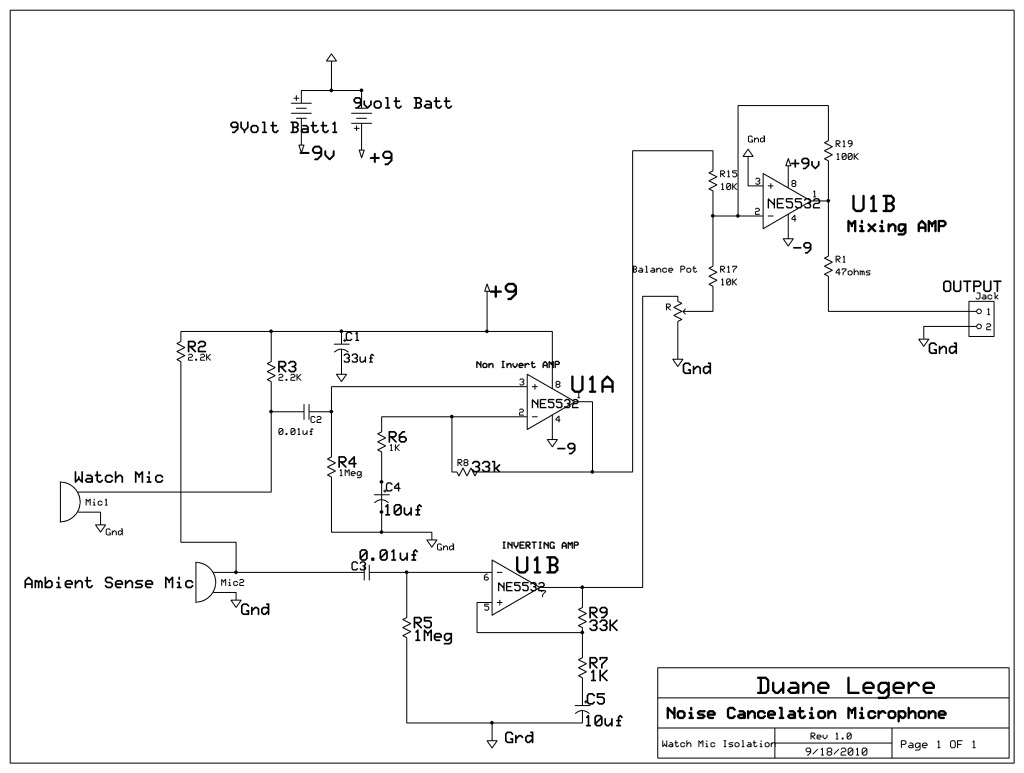
Output 12V-10A power circuit
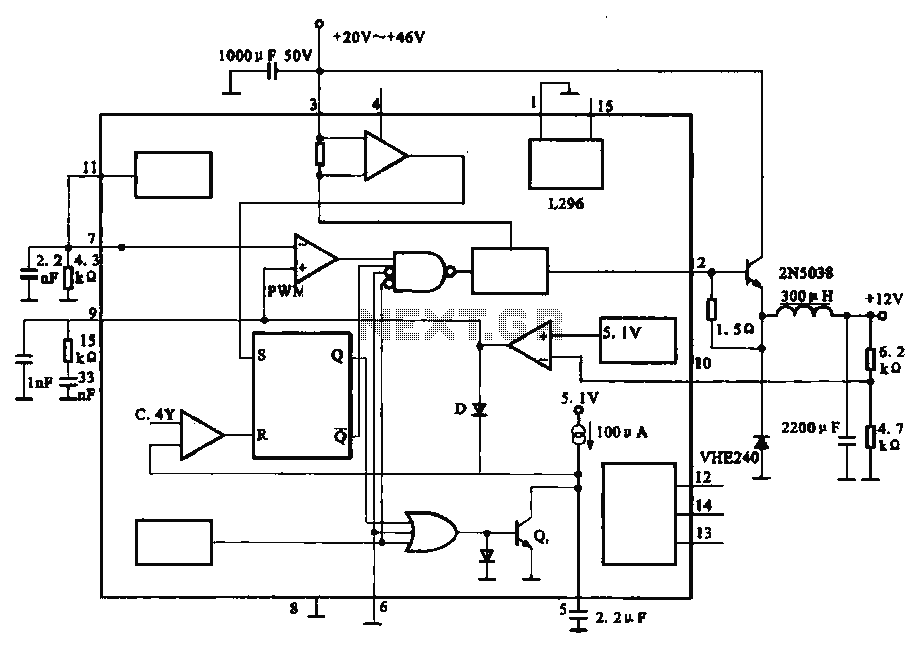
The circuit outputs 12V at 10A and utilizes a high-current switching power supply design based on the L296 component. This configuration allows for an output current of up to 10A, and the entire circuit is compact with minimal component usage.
The 12V-10A power circuit is designed to provide a stable and efficient power supply suitable for various applications that require significant current output. Central to this design is the L296 integrated circuit, which is a high-performance voltage regulator capable of delivering high current levels while maintaining low output voltage ripple.
The circuit typically includes input capacitors to filter voltage spikes and ensure stable operation. A transformer may be used to step down the AC voltage to a suitable level before rectification. The rectification stage generally employs a bridge rectifier configuration, converting AC voltage to DC. Following this, additional filtering capacitors are implemented to smooth the rectified output, reducing ripple voltage and providing a stable DC voltage.
The L296 operates by switching on and off rapidly, regulating the output voltage through pulse-width modulation (PWM). This method enhances efficiency, reducing heat generation compared to linear regulators. The output stage may include additional components such as output capacitors to further stabilize the voltage and protect against load transients.
Thermal management is crucial in high-current applications; therefore, appropriate heat sinks should be used with the L296 to dissipate heat effectively. Furthermore, the circuit design should incorporate overcurrent protection mechanisms to prevent damage to the components during fault conditions.
Overall, this power circuit is characterized by its compact size and efficiency, making it suitable for applications in robotics, automotive systems, and other electronic devices requiring robust power supply solutions.Output 12V-10A power circuit +12 V is the use of high-current switching power supply circuit consisting of L296, the output current up to 10 A. The entire circuit is small, seldom-used components.
The 12V-10A power circuit is designed to provide a stable and efficient power supply suitable for various applications that require significant current output. Central to this design is the L296 integrated circuit, which is a high-performance voltage regulator capable of delivering high current levels while maintaining low output voltage ripple.
The circuit typically includes input capacitors to filter voltage spikes and ensure stable operation. A transformer may be used to step down the AC voltage to a suitable level before rectification. The rectification stage generally employs a bridge rectifier configuration, converting AC voltage to DC. Following this, additional filtering capacitors are implemented to smooth the rectified output, reducing ripple voltage and providing a stable DC voltage.
The L296 operates by switching on and off rapidly, regulating the output voltage through pulse-width modulation (PWM). This method enhances efficiency, reducing heat generation compared to linear regulators. The output stage may include additional components such as output capacitors to further stabilize the voltage and protect against load transients.
Thermal management is crucial in high-current applications; therefore, appropriate heat sinks should be used with the L296 to dissipate heat effectively. Furthermore, the circuit design should incorporate overcurrent protection mechanisms to prevent damage to the components during fault conditions.
Overall, this power circuit is characterized by its compact size and efficiency, making it suitable for applications in robotics, automotive systems, and other electronic devices requiring robust power supply solutions.Output 12V-10A power circuit +12 V is the use of high-current switching power supply circuit consisting of L296, the output current up to 10 A. The entire circuit is small, seldom-used components.
